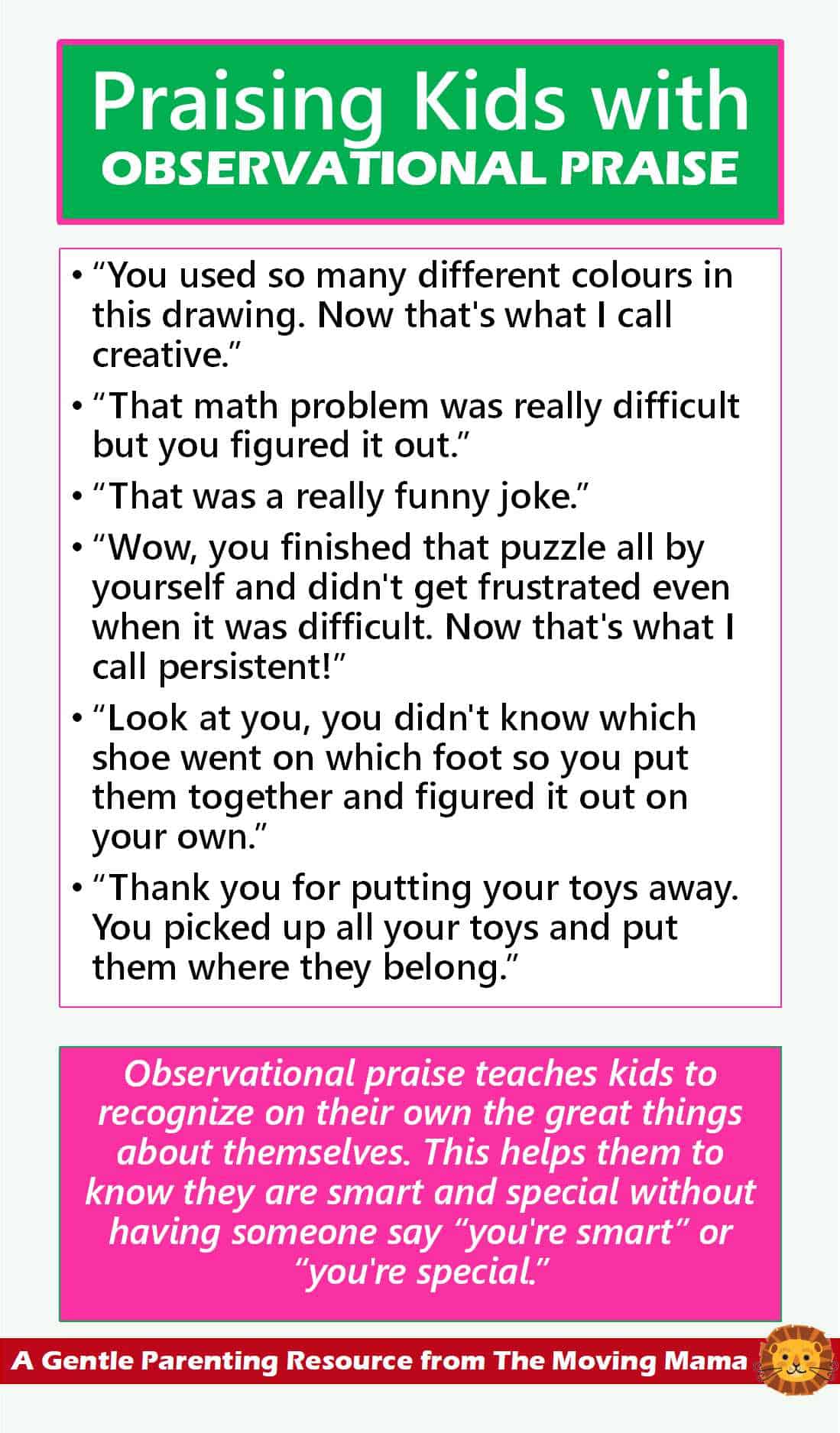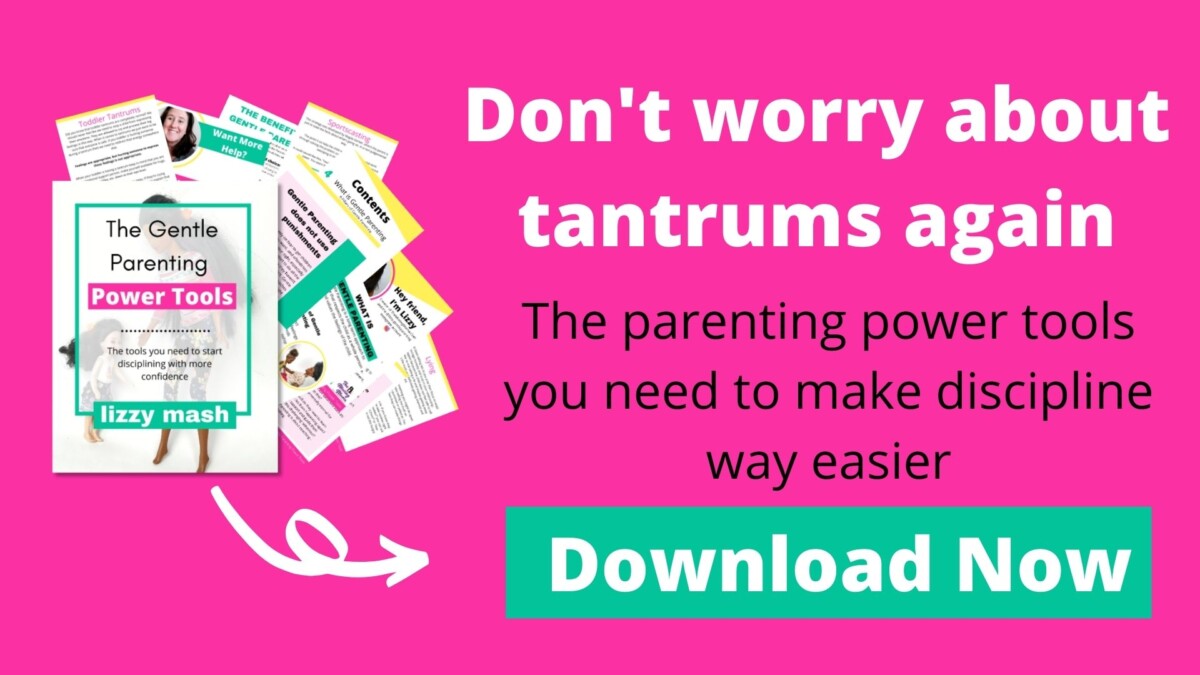If you’re a new parent, you might be pulling your hair out wondering how to get a toddler to listen.

(This post might contain affiliate links, which means if you happen to buy a product I love then I may get a commission – at no extra cost to you! For all the Ts and Cs go here.)
Ok toddler moms, let me know how familiar this sounds to you:
You’re busy cooking dinner at the end of a long day, your pasta seems just about perfect so you carefully pick up the hot steaming pot and pour the contents into a strainer in the sink. You’re already feeling flustered from almost burning something earlier and rushing around to get this meal ready when you look up and your toddler is slowly approaching the walls with a crayon.
Hot pasta steam in your face and images of you having to stay up all night washing the walls flash through your head. You yell, “What are you doing!” as you drop everything and snatch the crayon from their hand.
“Crisis avoided,” you think to yourself…but somehow the next day after your toddler was a little too quiet you find crayon marks on the wall.
Enough is enough…you need to get your toddler to listen.
And I’m going to give you the skills to do just that. These tips can make an amazing difference in your home.
Is it even possible for toddlers to listen?
Let me just be straight with you – yes and no.
The truth is, being able to listen is a milestone just like rolling over, walking, talking, etc.
Babies don’t come out of the womb knowing how to listen, and every day from there they are developing skills to help them eventually be able to listen and follow through with complex directions without having them repeated. One day they won’t suddenly know how to do that though, it’s a gradual work in progress. You can learn more about the developmental process here.
Depending on your child’s age, they may be able to follow simple, one-step instructions. Now, them being able to do so, and actually choosing to do so are two different things. We will be going over different strategies to get toddlers to listen, because the way we talk to them plays a huge role in how well they will listen to us.
And with everything, our child is different from other children.
Just because your friend’s toddler who is 5 months younger is following directions better than yours doesn’t mean that there is something wrong with your child or that they need to be punished more in order to listen. Just like other milestones, it will come with time and support.
It’s important to keep in mind which areas are difficult for your toddler to listen. If there are certain things that are really difficult for them to listen about, then you might have to set up boundaries to prevent them from doing the thing they just won’t listen to you about.
Related: Toddler Tantrums (The Full Effective Guide)
We’re going to use Gentle Parenting to get toddlers to listen
If you’ve visited my blog before, than you already know that I am all about Gentle Parenting over here.

I’ve already discussed several scenarios that can be tackled using Gentle Parenting such as what to do when your child intentionally hurts your feelings, how to bathe your sensory sensitive child, how to overcome bedtime battles, and more.
The reason I want to encourage you to use Gentle Parenting to get your toddler to listen, is because we are aiming to truly empower our children to do the right thing because they want to. By using the gentle strategies I will list below, you will be able to teach your child how to do the right thing because they really want to, instead of being scared of the consequences.
So in the tips below I won’t be recommending you give them a time out, or to use a scary, strict voice, and I definitely won’t be suggesting you spank your toddler if they don’t listen.
I want to help you get your toddler to listen, while also nourishing a positive, healthy relationship with them.
Let’s get through these listening hurdles with a willingness from your child, without tension and frustration.
10 Ways to Get Your Toddler to Listen
These are my top tips to get a toddler to listen, and in the moment maybe some will be more applicable than others. As you apply these strategies, remember to stay calm and patient with your toddler…which honestly can be pretty hard at times, especially when they’re heading to the wall with a crayon for the 1 millionth time!
Take a deep breath, remember you want to nourish long term good behaviour, and proceed with as much patience and love as you can in that moment. It’s not always easy, but it gets better over time.
#1. Have reasonable expectations of your toddler
We talked about this a bit already, but it’s important to know exactly what your toddler is capable of so you’re not setting your expectations too high. This means you should know how well they’re generally capable of listening, but also in the moment know that factors such as being tired, distracted by something really interesting, or in a different environment might affect their ability to follow instructions and listen.
Your toddler might not be able to follow your instructions right away, but with a little bit of help it can be easier for them. If you expect them to act immediately, 100% of the time, you might find yourself frustrated. Set them up for success by having reasonable expectations of how well they can listen.
#2. Keep your instructions simple
The younger the toddler, the more simple the instructions should be. Instead of saying, “Get your back pack and put on your shoes,” you might first want to ask them to get their backpack, and once they’ve done that, then you can ask them to put on their shoes.
#3. Use inviting language
Looking at the example above, you can take that commanding language and actually turn it into language that invites cooperation and problem solving.
You can say something like, “It’s time for us to go soon, I have my purse, do you have your backpack?” or, “While I close the curtains can you please go get your backpack?”
You can add more details as necessary, for example you can remind them where their backpack is located to make it easier for them to find (and ultimately easier to follow the instructions).
Also, consider how one of the examples requires your toddler to think and put two and two together. By asking them if they have their backpack they need to realize that they don’t have it and also figure out that they should go get it. The second example is more straightforward by asking them to go get it.
Your toddler’s development will determine if the first one is even possible, and if they are you may not want to overuse this way of asking because it can be tiring for your toddler. If it’s the end of a long day it can actually be easier for them if you just ask them to go get it, instead of asking indirectly and requiring them to think more. It’s a balance that you will discover with your own toddler.
If that strategy works well with your toddler though you can use other phrases such as, “Do you have everything you need before we leave?” or “What else do you normally take with you when we go to grandma’s?” “Ok let’s see here, we closed the curtains, locked the back door, I have my purse. Is there anything else we need to do before we leave the house?”
#4. Get down to their level and make eye contact
Rather than communicating instructions from across the room, it can be helpful if you go over to your child, get down to their eye level, and make eye contact while you speak to your child.
If they’re busy doing something it can be very difficult for them to take their attention off of that and focus on what you’re saying. Have you ever been so engaged in reading something that when someone says something to you it goes in one ear and out the other? This definitely happens to our toddlers too, and remember their brains aren’t as developed as ours so it would be even harder for them to pause what they are doing to focus on us.
Physically getting in their space will help them to focus on what you are saying because it will help eliminate some of the distractions.
In that same thought, if you’re in the car driving you can turn down the music or close the windows (for less noise) when you’re trying to get their attention to eliminate those distractions.
#5. Use a gentle touch
A gentle touch will also help to bring the focus on you.
I often have to do this when my toddler is full of energy and doesn’t want to stand still for the 5 seconds it takes for me to tell her something. The calmness of my touch combined with the calmness of my voice can help her to settle down too if that’s something I need her to do…now of course if she’s too fired up that’s not going to happen but sometimes it works and as she gets older I think it will work much better.
#6. Use facial expressions and gestures
Communication is so much more than words!
If you need your child to listen to you because they’re about to hurt their self or others, allow your concern to show on your face to help them read that this is dangerous.
You can also use gestures such as pointing at the thing they need to do to help communicate your message.
#7. Make your voice interesting
To capture your toddler’s attention try whispering, or using a sing-song voice to communicate to them. This change will help you get their attention.
You can even communicate your instructions with a made up song like, “It’s time to put on your shoes, it’s time to put on your shoes – hey ho, let’s go – it’s time to put on your shoes!” (with the tune of The Farmer in the Dell).
#8. Use observational praise to encourage them
One of the 6 pillars of Gentle Parenting is to use positive language because it has a crazy, amazing effect on children!
When your child does listen, it is great to use observational praise – which is observing the good thing that they’re doing instead of just using phrases like, “Good girl/boy.”
Here are a few examples of using observational praise:

Praising them in this way can help them to continue the task that they have started, and encourage them to listen to you next time too.
You can also start your instructions by using observational praise for what they’re already doing, and then give them the next step. For example, “Wow, you knew it was time to leave so you put your jacket on all by yourself. Now can you please go get your backpack?”
Related: How to Praise Your Kids… without making them dependent on validation
#9. Avoid over-stimulation and over-tiredness
We covered this a bit with having reasonable expectations, but it still needs its own spot. If your toddler is overstimulated (at the park, at the mall, surrounded by new toys on their birthday, etc.) or if they’re over-tired or even hungry, than they won’t be able to listen as well.
Set them up for success.
Say you’re heading out to visit your great-aunt who has little, breakable knick knacks all over her house and you know you will have to give your toddler a lot of instructions then try to make sure they’re belly is full and it’s not right before nap time (if you can, or just don’t stay too long if they do get tired). This will set up them for success to be able to listen to you better than if they are hungry and tired.
#10. Gently intervene to help them follow the instructions
So you asked your toddler to do something, and they didn’t do it. This is where you might have to gently intervene. You can say something like, “I see you still haven’t gotten your backpack yet, let’s go to your bedroom together to find it.”
When they still don’t listen…
Ok, so what if you’ve done all this, and even gently intervened but they still won’t listen?
Even if they refuse to go with you to get the backpack you asked them to get, you can say something like, “I guess I will have to do it by myself. Oh look, here it is on your bed!”
It might be super irritating for you that they don’t listen, but don’t panic. This doesn’t mean they’re manipulating you or turning into a “brat.” Learning to listen is a work in progress. Maybe next time you’ll have to give them even simpler solutions, and remember to praise them for it to encourage future listening.
***Remain patient and gentle, knowing that this is a long term process.***
Maybe you need to reassess the expectations you have for their listening? Was it too complicated for them? Were they too tired? What made it to be unsuccessful?
You can also try some toddler listening games now and then to help them with their listening skills. Here are a few games from Parents.com that you can try.
And if you STILL need more resources because this listening issue just won’t end, then these two books are amazing and very well loved in the Gentle Parenting community:


Your toddler can listen
Let’s go back to our first scenario where your toddler is about to colour on the walls. What can you do here?
First of all, don’t panic. Of course you don’t want to get crayon all over the wall, but let’s stay calm to make the communication easier.
Get to your child’s eye level, gently touch their shoulder and with a calm, quiet voice you can say something like, “Where is your colouring book?” or “Crayons are only to be used on the colouring book. Should we go look for it?”
You can also say things like, “I can see that you really want to colour on the walls, but that will damage the walls. The colouring book is where you’re allowed to colour.”
Then as they’re redirected to the colouring book you can say something like, “Thank you so much for colouring in the colouring book where you’re supposed to colour,” or, “Wow, you’re colouring the puppy brown, just like our dog!”
Once they’re busy colouring, take a moment to think about the entire situation. Is it possible they might still be tempted to colour on the walls in the future? If they don’t have much impulse control yet (and that’s a toddler for you) then you might want to keep the crayons out of reach so you don’t find colour marks at a later time. Giving them instructions such as, “Never colour on the walls,” can be hard for them to remember because they have to remember it all the time.
If you have an easy strategy for getting crayon off the wall, then maybe you will just constantly remind them and redirect them until eventually they learn not to do that. But perhaps crayon doesn’t come off your walls as easily plus you’re renting, then it might just be easier at this point in time to keep the crayons off limits unless your toddler is supervised. This is setting a boundary to set your toddler up for success.
So now, using a Gentle Parenting approach, you’ve been able to handle this situation with patience while also encouraging and empowering your toddler to listen. You feel calm and confident by helping your toddler to listen to you in this way.
Getting toddlers to listen won’t happen overnight, and it will take awhile before they’re faithfully listening to complex instructions, but it will come with time. Stay patient and positive as you work towards this goal with them, supporting them through the ups and downs of development.
More Toddler Posts
4 Steps to Disciplining Your Toddler
How to Create a Toddler Bedtime Routine
5 Respectful Tips When Kids Don’t Listen


These tips would help you to get your toddler listen to you. This would really mean a lot. Thanks for notching this one out.